Vertical gardens are the perfect marriage of function and beauty they save space, improve air quality, and transform dull walls into lush, living artwork. Succulents, with their dazzling forms, colors, and minimal care requirements, are ideal for vertical installations. Their shallow root systems and drought tolerance make them well-suited for wall-mounted planters or framed living art. Whether you’re designing a green accent indoors or a show-stopping exterior feature, these 12 succulents will bring sculptural elegance and texture to your vertical garden.
1. Echeveria elegans (Mexican Snowball)
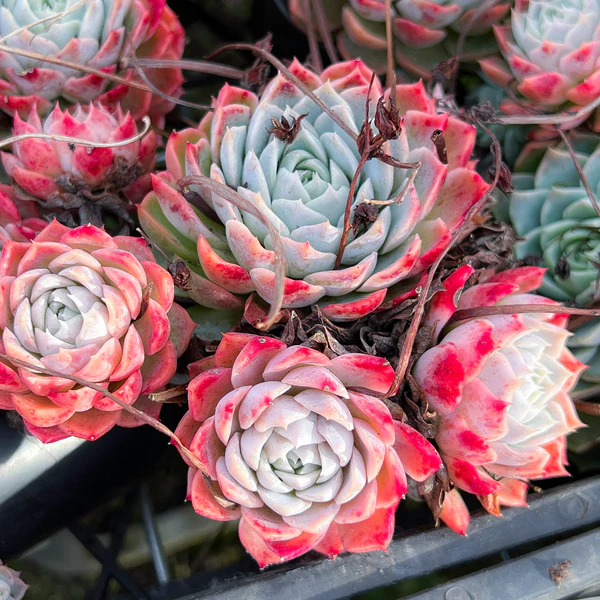
Echeveria elegans is one of the most beloved succulents for vertical gardens thanks to its perfect rosette shape and silvery-blue foliage. Compact and symmetrical, it adds a refined look to wall displays. Its drought tolerance and minimal soil requirements make it ideal for shallow wall pockets. This succulent thrives in bright light and dry conditions, occasionally producing pretty pink or coral flower spikes. Group several together for a seamless, geometric pattern that feels both modern and organic.
2. Sedum morganianum (Burro’s Tail)
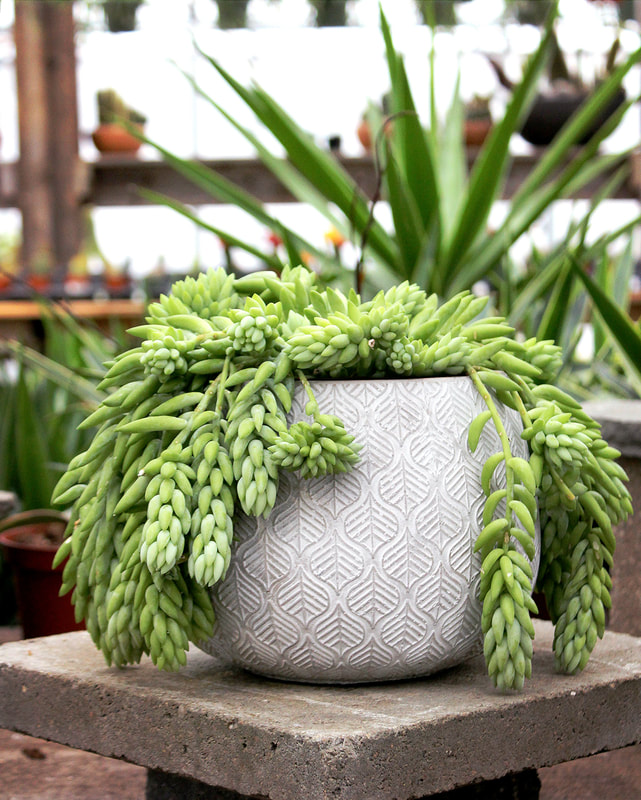
With long, trailing stems densely packed with plump, blue-green leaves, Burro’s Tail adds dramatic cascade and texture to vertical gardens. This plant excels in hanging or overhanging sections of a succulent wall, where it can gracefully drape downward. It prefers bright, indirect light and very minimal watering. Though a bit delicate when handled, it rewards careful placement with stunning visual appeal and the occasional pink bloom. Perfect for softening edges or adding vertical movement to your display.
3. Crassula perforata (String of Buttons)
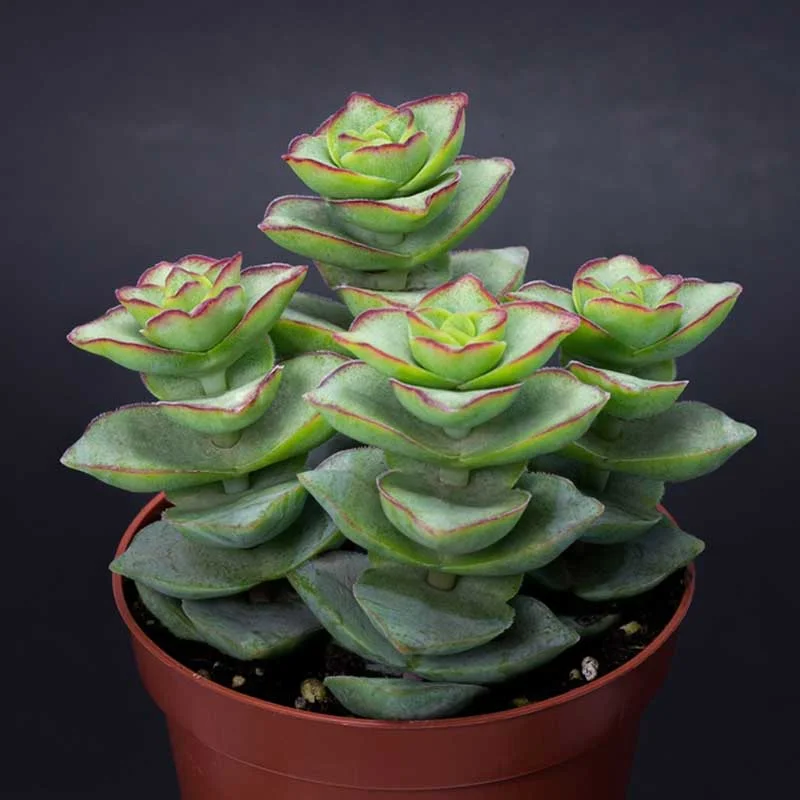
Crassula perforata is a whimsical succulent with stacked, pagoda-like leaves edged in red or pink. Its quirky growth habit and vibrant coloring make it a standout in vertical designs. The spiraling stems grow outward and down, creating dynamic movement. Tolerant of bright to moderate light and infrequent watering, it’s a low-maintenance addition that thrives in tight spaces. The more sun it receives, the more vivid the red margins become making it a colorful, structural element for succulent walls.
4. Sempervivum tectorum (Hens and Chicks)
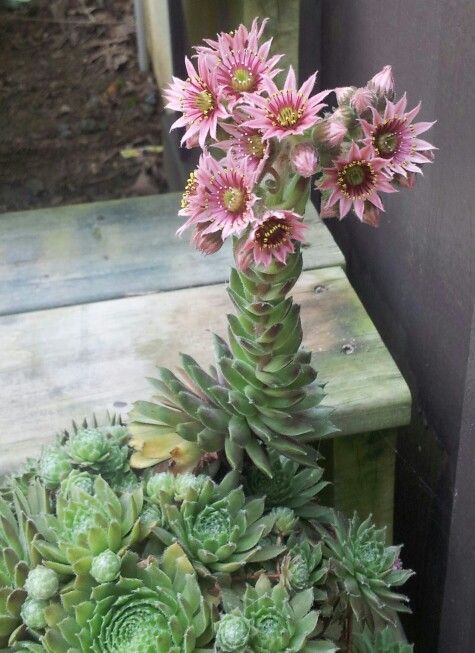
Sempervivum, also called Hens and Chicks, is a cold-hardy succulent that forms rosettes of fleshy leaves in shades of green, burgundy, and purple. Ideal for outdoor vertical gardens, these plants spread via offsets (“chicks”) that fill in gaps naturally, creating a dense, low-profile mat of color and texture. They’re incredibly drought-tolerant, frost-resistant, and can survive in minimal soil. Easy to maintain, they bring a classic, earthy charm and stunning symmetry to any vertical design.
5. Graptopetalum paraguayense (Ghost Plant)
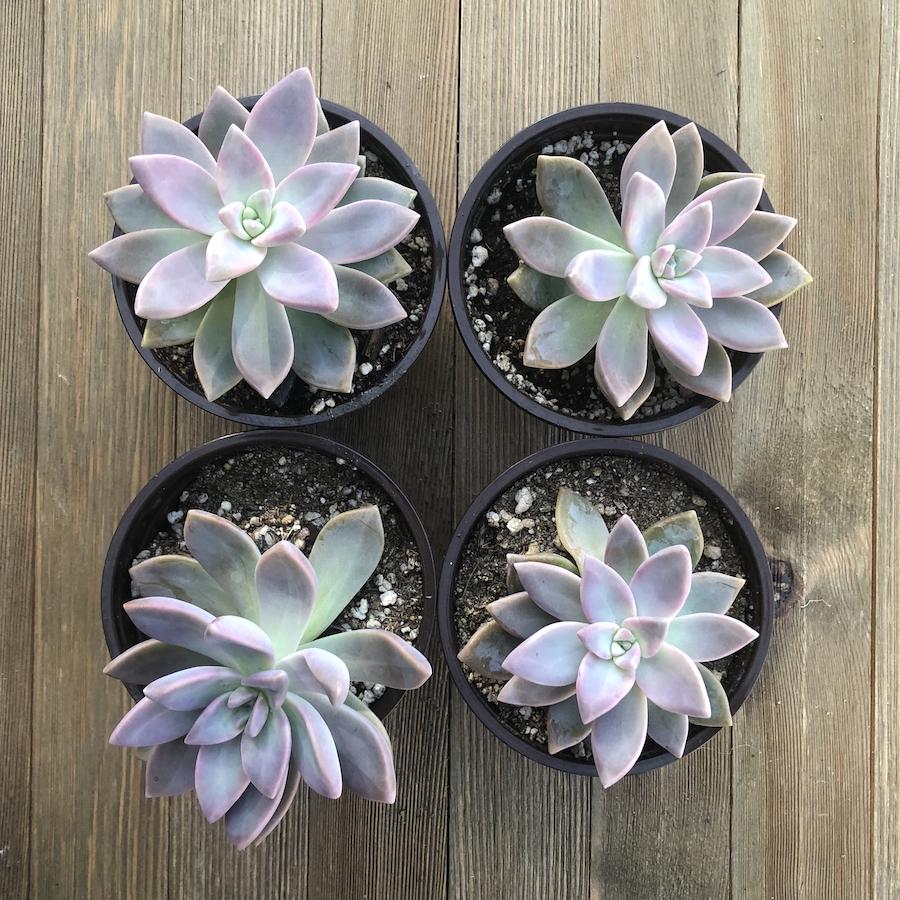
The Ghost Plant dazzles with its silvery-grey, pointed leaves arranged in rosettes that blush pink or lavender in strong sunlight. This fast-growing succulent adapts well to vertical planters and cascades attractively as it matures. It’s tolerant of a range of conditions and bounces back quickly from neglect. The Ghost Plant’s chalky texture adds visual interest, especially when contrasted with darker-toned succulents. It’s both resilient and elegant, making it an excellent filler or trailing component.
6. Aeonium arboreum ‘Zwartkop’ (Black Rose Aeonium)
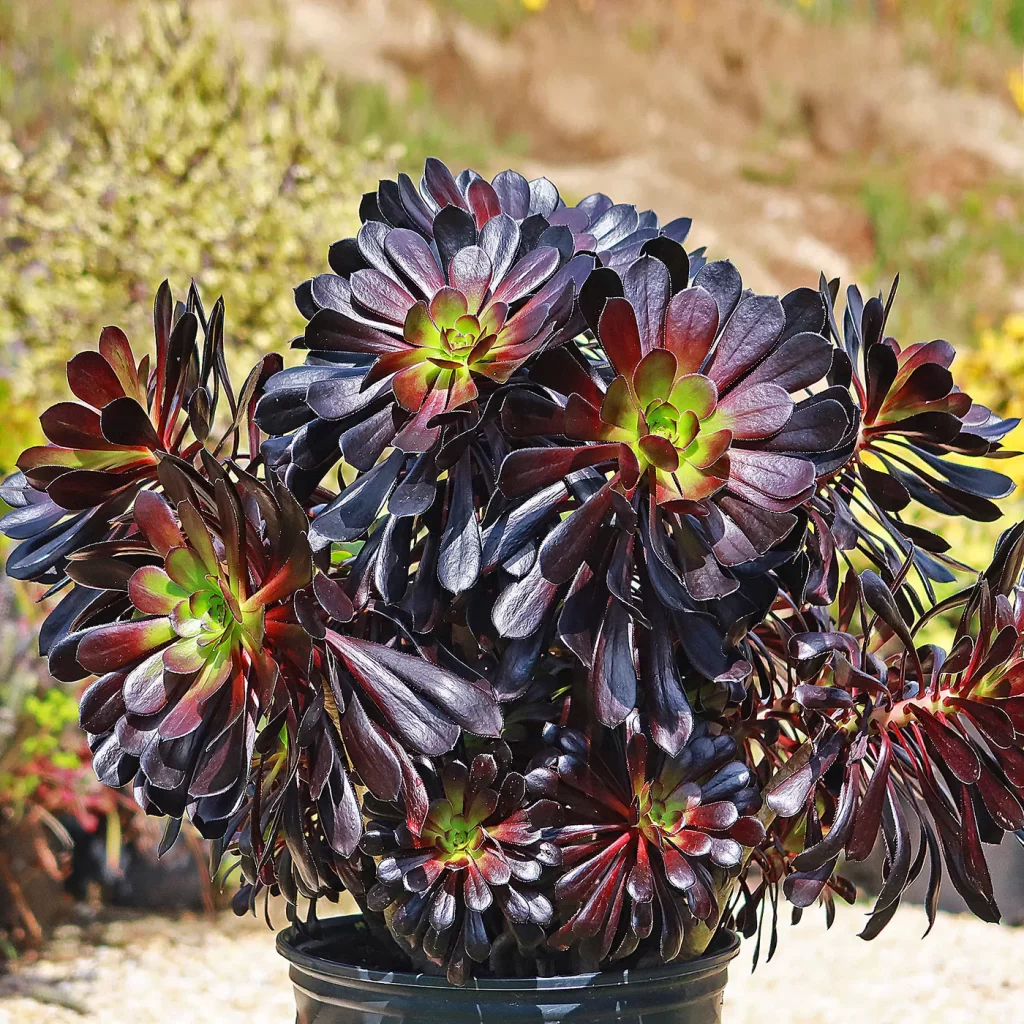
Add instant drama with the Black Rose Aeonium a stunning succulent with deep burgundy to near-black rosettes atop upright stems. It brings bold contrast and vertical structure to succulent walls. Though it prefers bright light, it can adapt to part shade, and its dark coloring intensifies in full sun. ‘Zwartkop’ is best used as a focal point or centerpiece in vertical displays, where its height and color create depth and visual intrigue.
7. Senecio radicans (String of Bananas)
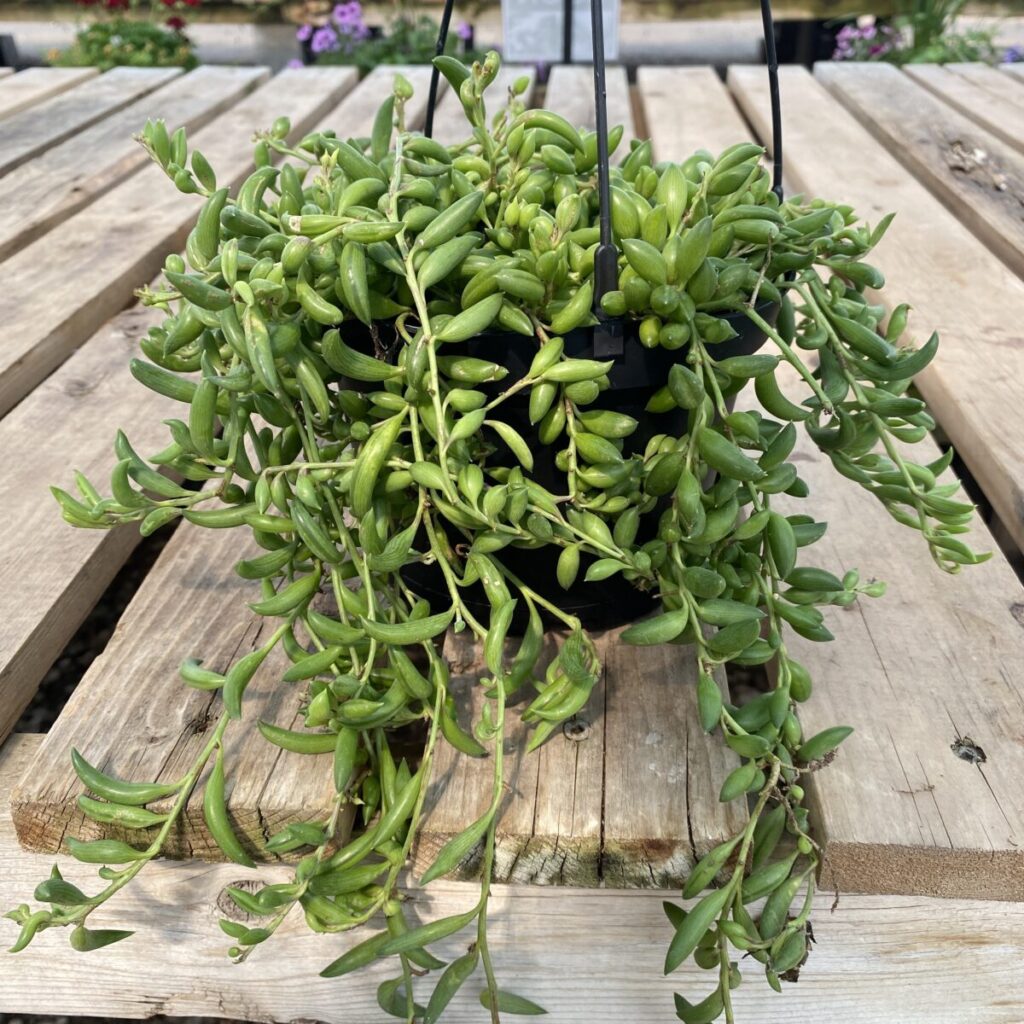
With fast-growing, cascading stems that resemble tiny green bananas, Senecio radicans is perfect for trailing over the edges of vertical gardens. This succulent loves bright light and dries quickly between waterings, making it ideal for well-draining vertical pockets. Its playful shape adds motion and variety to succulent compositions. The String of Bananas is also more robust and faster-growing than some of its relatives, offering both form and function in lush vertical designs.
8. Sedum rubrotinctum (Jelly Bean Plant)
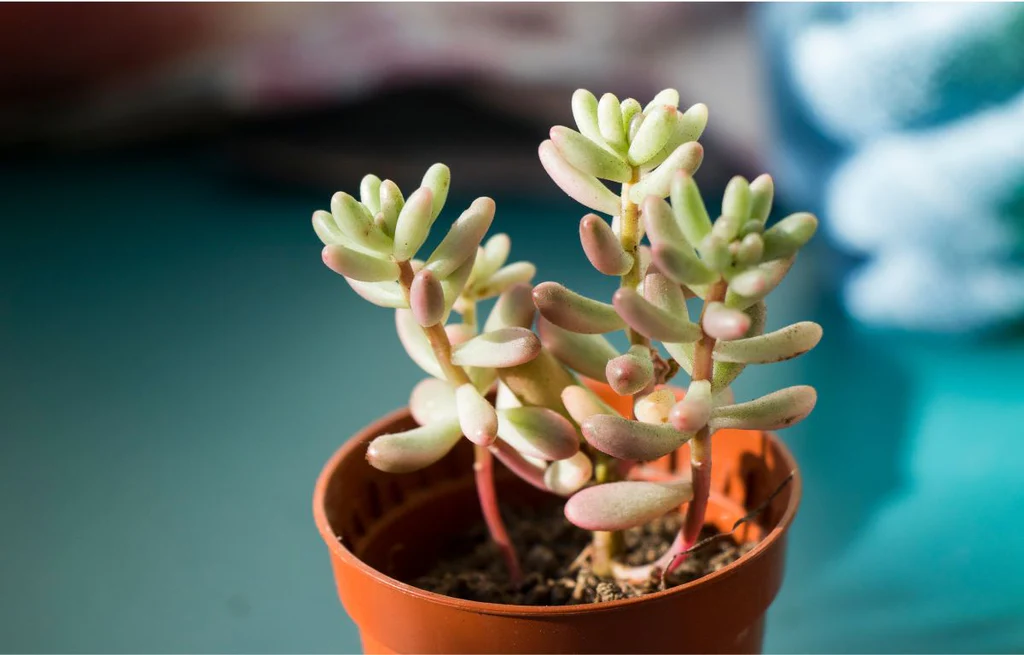
This fun and colorful succulent sports bean-shaped leaves that turn red or orange at the tips with enough sun exposure. Sedum rubrotinctum stays compact and can be easily tucked into wall pockets or framed planters. It’s especially attractive when planted en masse, creating a textured carpet of color. Low maintenance and drought-tolerant, it’s great for adding brightness and cheer to vertical gardens, both indoors and out. Use it to fill in spaces with a burst of vibrant charm.
9. Kalanchoe tomentosa (Panda Plant)
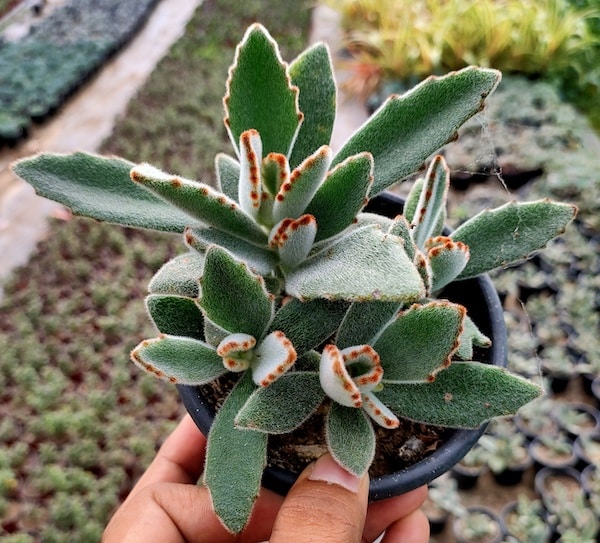
The Panda Plant stands out for its fuzzy, silvery leaves tipped with chocolate-brown edges. It offers a soft, tactile contrast in succulent wall gardens and thrives with minimal care in bright, indirect light. Its upright growth makes it an excellent structural addition to vertical frames, and its velvety texture draws the eye. While not a fast grower, it’s incredibly resilient and adds a cozy, unexpected element to living wall arrangements.
10. Portulacaria afra (Elephant Bush)
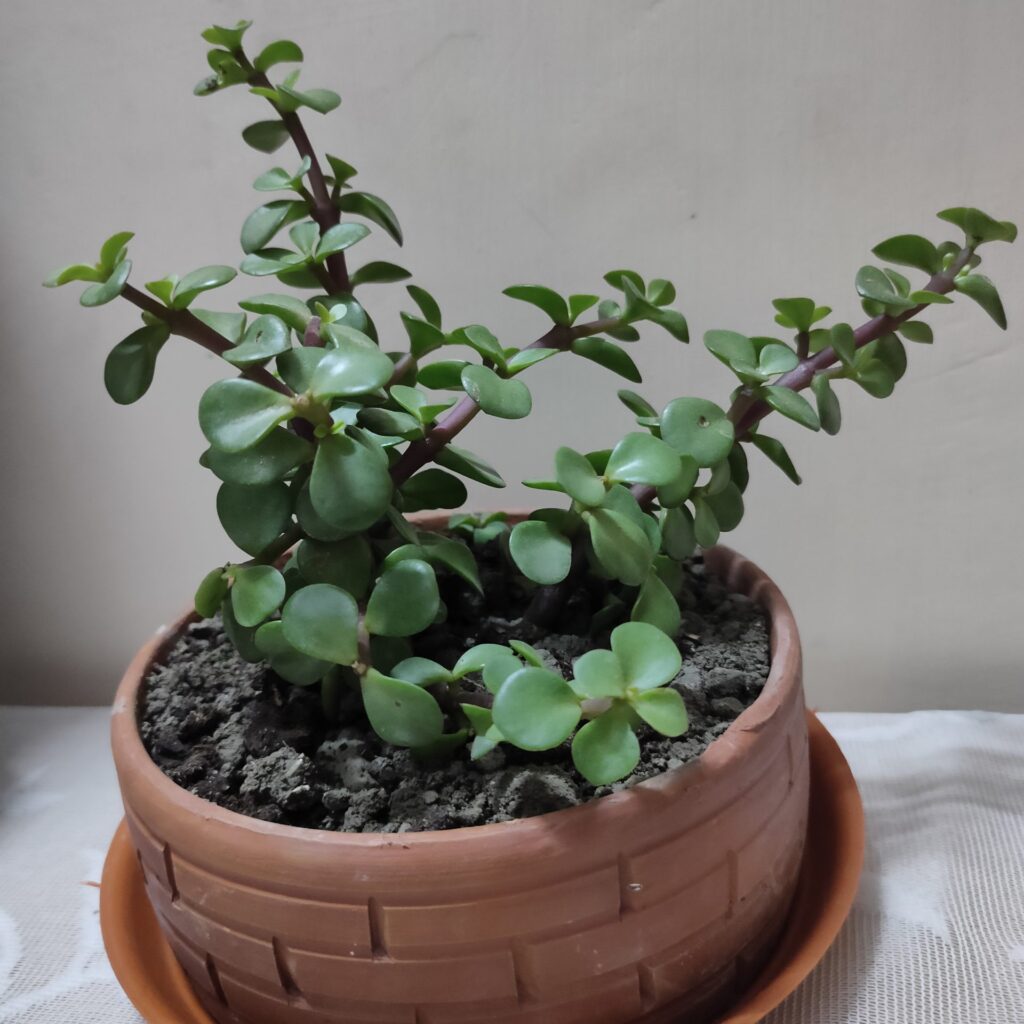
With small, rounded leaves and a woody stem, Elephant Bush resembles a miniature jade tree and is perfect for adding texture and form to vertical gardens. It tolerates lower light better than many succulents and is very drought-resistant. Its compact growth makes it easy to shape and maintain in vertical settings. This plant also plays an environmental role it’s known for its carbon-capturing abilities and often used in xeriscaping for sustainability-focused designs.

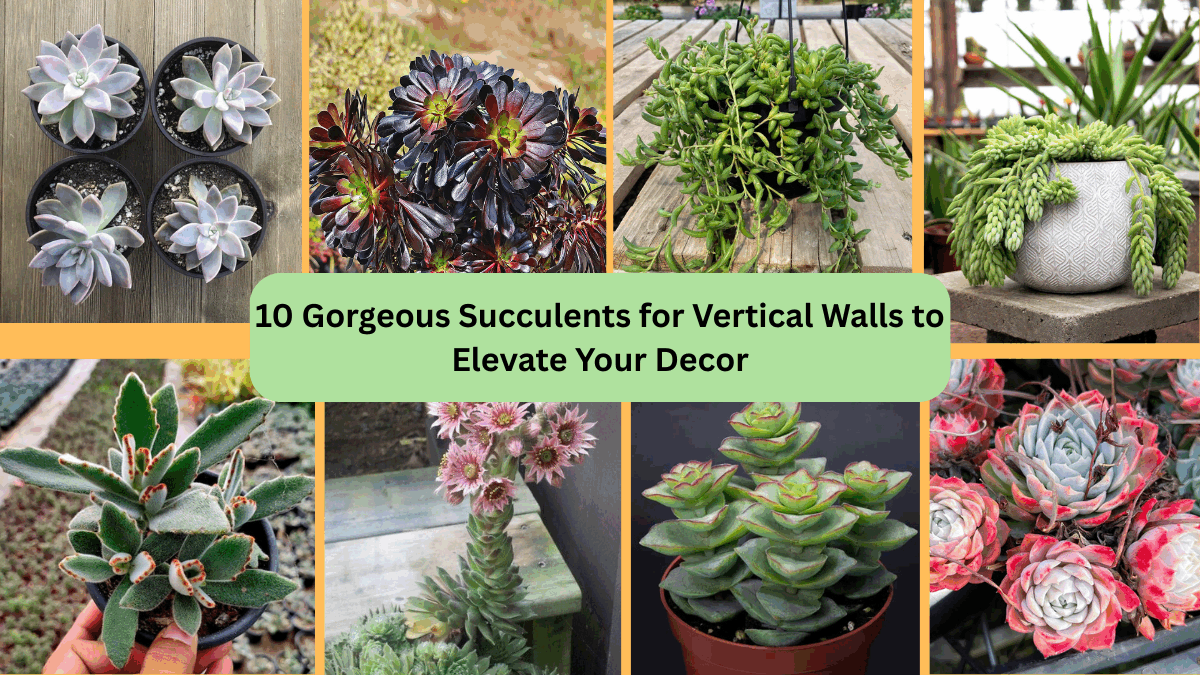
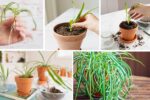


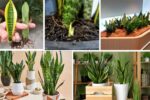
Leave A Comment